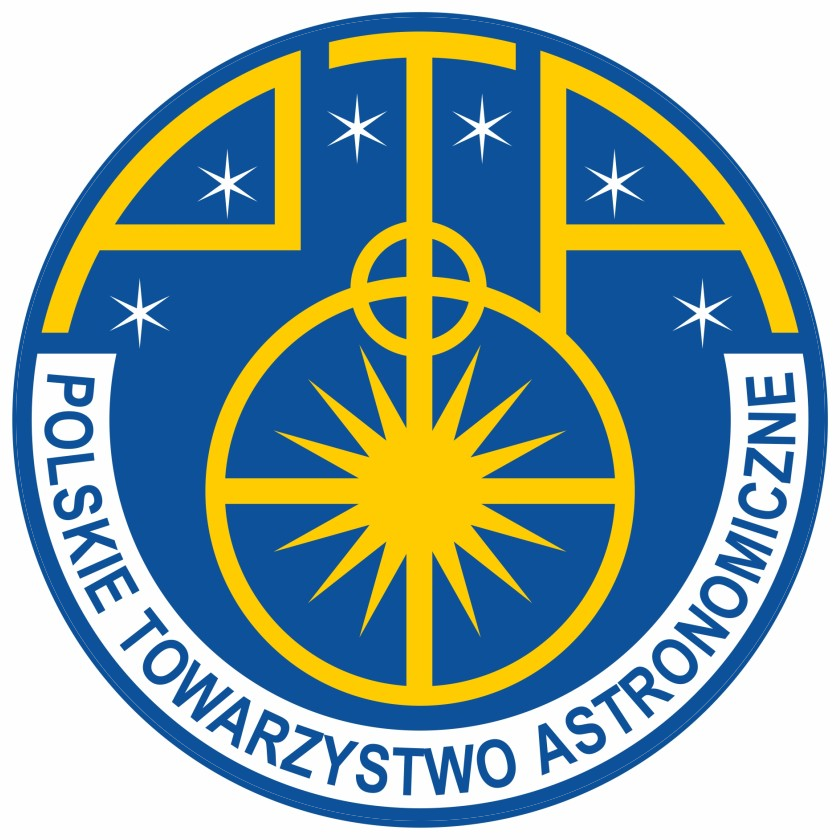Prasad Sawant
Narodowe Centrum Badań Jądrowych
Sesja VII: Kosmologia i ewolucja galaktyk
Czwartek 14.09.2023 16:36 – 16:48
abstrakt:
Probing the galaxies located in the high redshift Universe provides us with a unique chance to understand the evolution of baryonic matter at early epochs. The Dusty Star-Forming Galaxies (DSFGs) are proven to be objects of intense star formation activity with Star Formation Rate (SFR) ranging up to thousands of solar masses per year. Due to their compact sizes, the star formation activity occurring in such small-scale environments gives rise to various physical phenomena in extreme conditions, unlike the local Universe.
Recent observations in the far-infrared and submillimeter domains led to the discovery of a large number of DSFGs in the distant Universe which was not anticipated in previous studies, challenging our present comprehension of dust formation mechanisms at early times.
In this work, we characterize a sample of strongly lensed DSFGs drawn from the South Pole Telescope-Sunyaev Zel’dovich (SPT-SZ) survey. These galaxies have robust spectroscopic measurements through ALMA CO observations, with redshifts spanning from 1.9 to 6.9. We estimate their stellar masses by adopting scaling relations between SFR and stellar mass for different redshifts. The work presented here not only allows us to investigate the stellar mass build-up in the early Universe but also it is essential to derive a detailed picture of the baryonic evolution of these galaxies. This work allows putting constraints on dust production in the early universe through the comparison of observations with chemical evolution models.
